Block 1-Chocolate CakeI love to bake, I love to eat what I bake; so when I found these blocks named for desserts I knew I had to make a quilt. I will be sharing a new block with you each month for the next 12 months. I have a Sew Along group on Facebook where others will be sharing their blocks as well and I hope you will join me there. www.facebook.com/groups/tuningmyheartsewalong It is the best way I have found to engage with all of you as we develop a quilting community there. For this block you will need a copy of this month's pattern which can be downloaded here: Block 1 pdf download If you need a copy of the fabric requirements they can be found here: Just Desserts BOM Each month I will share my tips for making these blocks. It is my desire to give you as much help as I can so that you can succesfully create your own blocks even if you are new to quiltmaking. So let's get started. The first thing we need to do after cutting out our pieces is to draw a diagonal line on the back of the B squares. To make this easier I have a clipboard with a piece of very fine sandpaper attached. This keeps the fabric from shifting as I mark my line. For this technique it is best to use a pencil, something that will not show through to the right side of the fabric after you sew. I have a fancy mechanical pencil that can be refilled with a variety of colors of ceramic lead, but a cheap mechanical pencil works just as well. You just need a line that you can see to follow as you sew, so make it as light as possible, but dark enough to see easily. Before we get started sewing I like to mention that a new project gets a new needle in my machine. Having a sharp needle can impact how well your piecing goes. I make sure to use a needle that is right for the weight of thread I am using. For piecing I am using Masterpiece by Superior Threads. It is a 50wt Egyptian cotton thread and works best with an 80/12 needle. (I prefer using Topstitch needles for piecing as they have a sharper point than a Universal needle) Your thread and needle combination will actually have an affect on the accuracy of your piecing so I always recommend you do a little practice first to make sure you get an accurate 1/4" seam allowance. I wrote a little tutorial on the subject a few years ago to walk you through this process: www.tuning-my-heart.com/tutorials/what-is-a-scant-14-inch-seam I like to chain-piece whenever possible. I start with a scrap piece of fabric and my needle in the down position. This eliminates those long thread tails that need to be clipped and solved my problem of having the fabric not feed nicely under my needle when starting to sew. Notice I have sewn across my "leader" fabric, taken a few stitches beyond it and then, with my needle down, place the pieces I want to sew right up next to the needle. I do not feed them into this position, but have stopped my machine, lifted my presser foot and aligned my pieces right where I want them before sewing any further. For this particular technique of making these corner units I will sew just to the outside of my drawn line. I have found that if I sew right on top of that line my resulting triangle will be too small. When I finish sewing all of these units I sew off of the last one onto a scrap of fabric called an "ender." Now before I go any further I am going to check my corner triangle. I flip it over to make sure that it covers the square underneath. If it does I am good to go. But if it does not quite cover there is a little trick I can do. This will work if you are no more than 1/8" off from covering the square underneath. Normally I would trim off both fabrics 1/4" from the stitching, but if that top triangle does not cover the square, I only trim off the extra top fabric; leaving the A square underneath intact. Now I know that when it comes time to sew this unit in place I will still have the correct measurement needed for it to work in my block. That is one of the reaons why I like this particular method for making these types of corner-square triangles. If my B square has covered the A square and I have trimmed off both fabrics, after pressing I take the time to square up the block again. I do this each time I add a new corner triangle to the A square. I need the size of my square to remain the same after each addition. After completing the Corner Units we need to make Flying Geese. I really like the No-waste method for making these. I made a video tutorial for the We Can Build a Snowman quilt which is really helpful if you have never made these before. Both quilts happen to use the same size Flying Geese so the trimming instructions are perfect for these as well. My tip for sewing these is to make sure that the point of your top squares point away from your needle as you approach it. My favorite tool for trimming Flying Geese remains the Bloc Loc ruler. There are five more blocks in this Sew Along that will make use of Flying Geese in this size, so it is important to get comfortable with making these. If you are using a regular ruler be sure to line up the 2 1/4" inch mark on the ruler with the tip of your "goose" leaving 1/4" of fabric beyond it for the seam allowance. (see circled area) You will also need to line up the 2 1/2" mark of your ruler with the bottom of the "goose." (see arrow) After rotating the block line up the 2 1/4" mark again. You also want the diagonal line of your ruler to line up with that diagonal seam and the 2 1/2" and 4 1/2" lines to fall on the trimmed edges of your Flying Geese units. When we come to the part of the block where we join the F rectangles to the Flying Geese I sew with the Flying Geese on top. This way I can watch where my needle falls. I really want my needle to land on that point where the seams intersect. If I sew to the left of it I will loose my points when I press the seam. As you join the rows together I want to show you how I pin my pieces. It is very different from what I was used to with garment sewing. I pin as shown below. When I come to a pin, I do not sew over it, but stop with my needle right next to it. Then I gently slide the pin out and continue sewing. I hope these little tips help and that you have fun making this month's block. While you wait for next month here is another version of Chocolate Cake for you to try from I Am Baker. Happy Quilting!
Debra
3/1/2019 01:22:14 pm
I think so too!
Carol Stephenson
8/16/2019 10:34:07 am
This will not download
Gertrud Konrad
9/9/2019 02:13:47 pm
Hi, Comments are closed.
|
Welcome to the site of Debra Davis-a woman who loves the Lord and loves to quilt.
My other blog where I share about my walk of faith:
Sitting at His Feet This website uses marketing and tracking technologies. Opting out of this will opt you out of all cookies, except for those needed to run the website. Note that some products may not work as well without tracking cookies. Opt Out of Cookies |
Tuning My Heart Quilts by Debra Davis is licensed under a Creative Commons Attribution-NonCommercial-NoDerivs 3.0 Unported License.
Based on a work at www.tuning-my-heart.com.
Copyright 2010-2022 by Tuning My Heart Quilts, LLC. No part of this website can be reproduced without written permission from the author. All rights reserved.
Proudly powered by Weebly
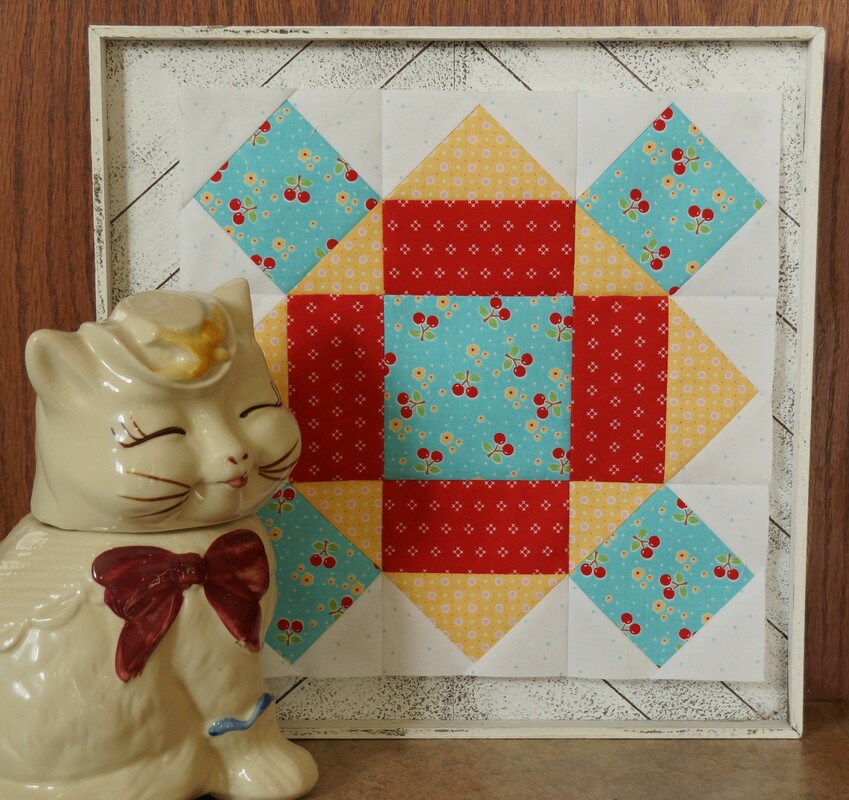

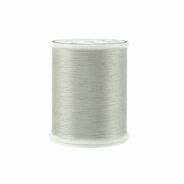
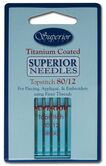
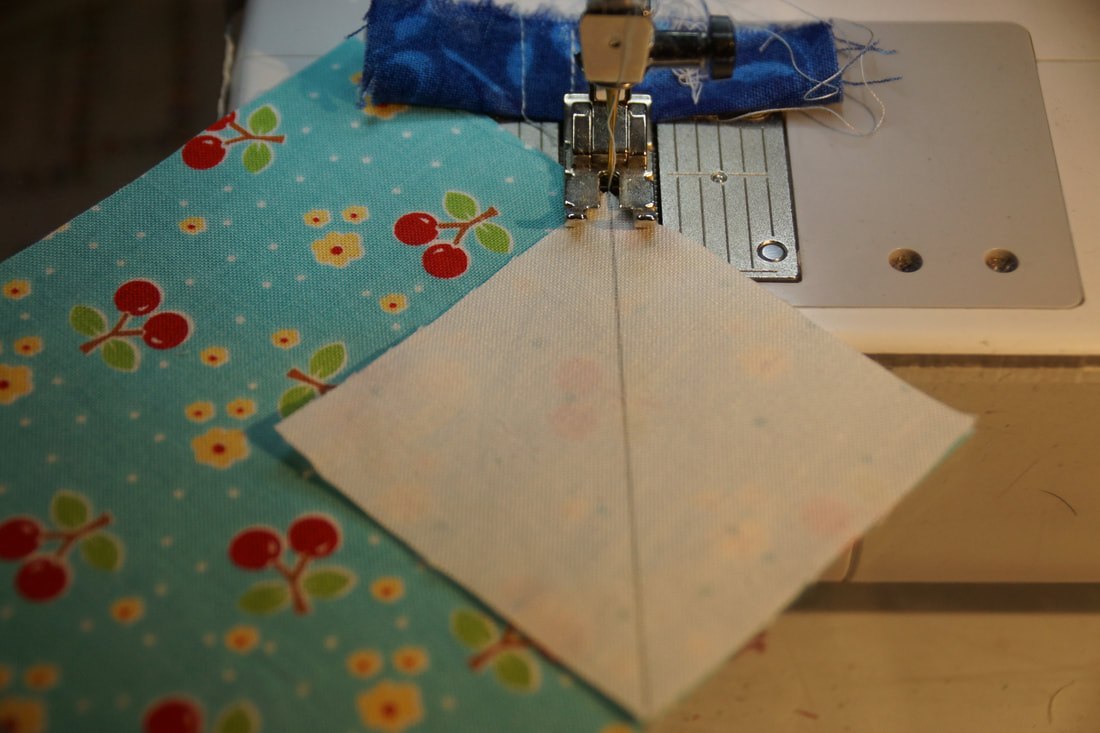
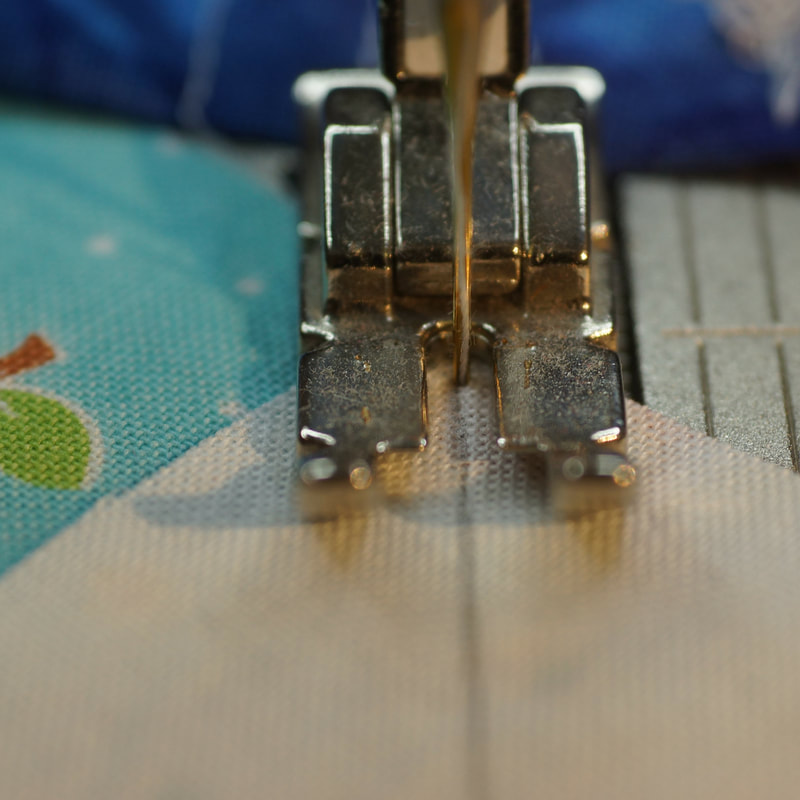
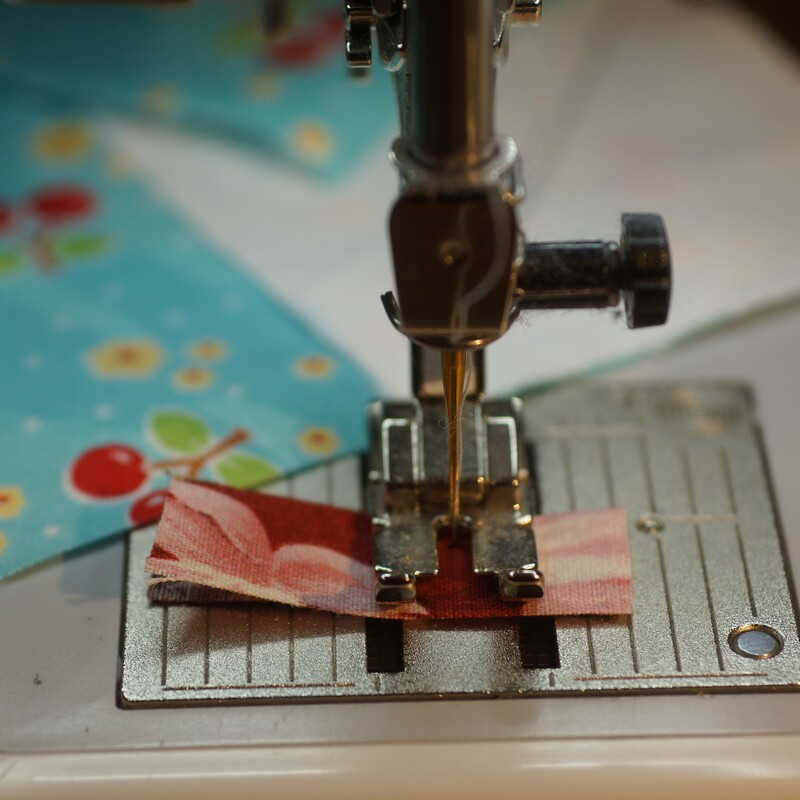

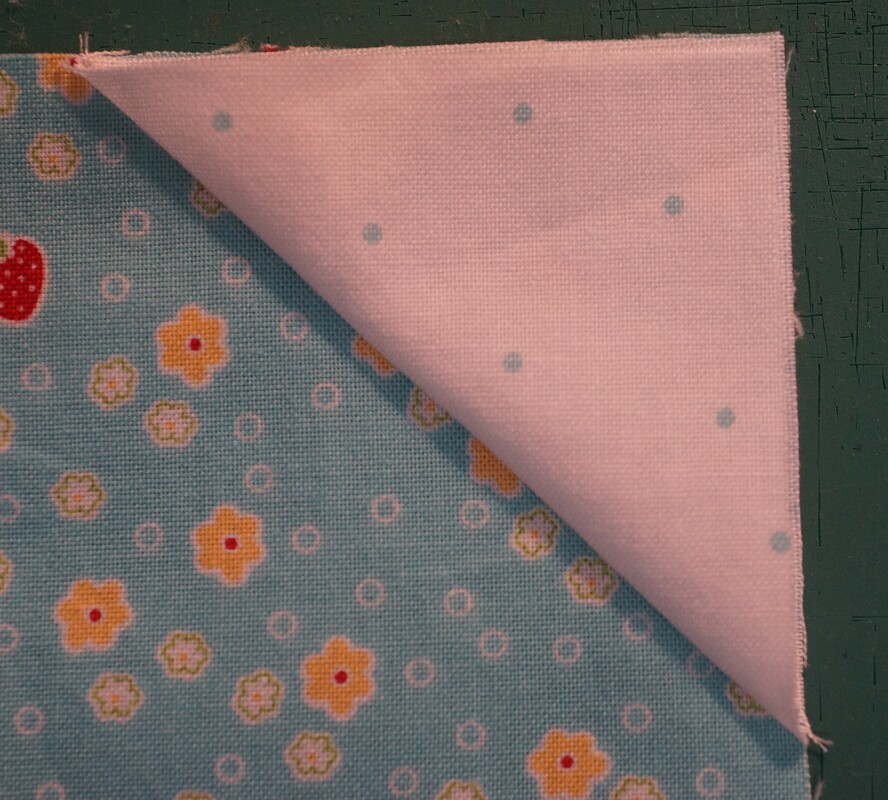
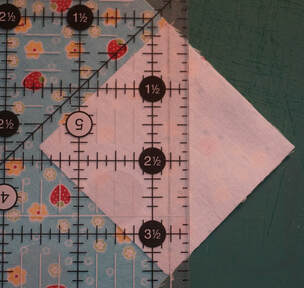

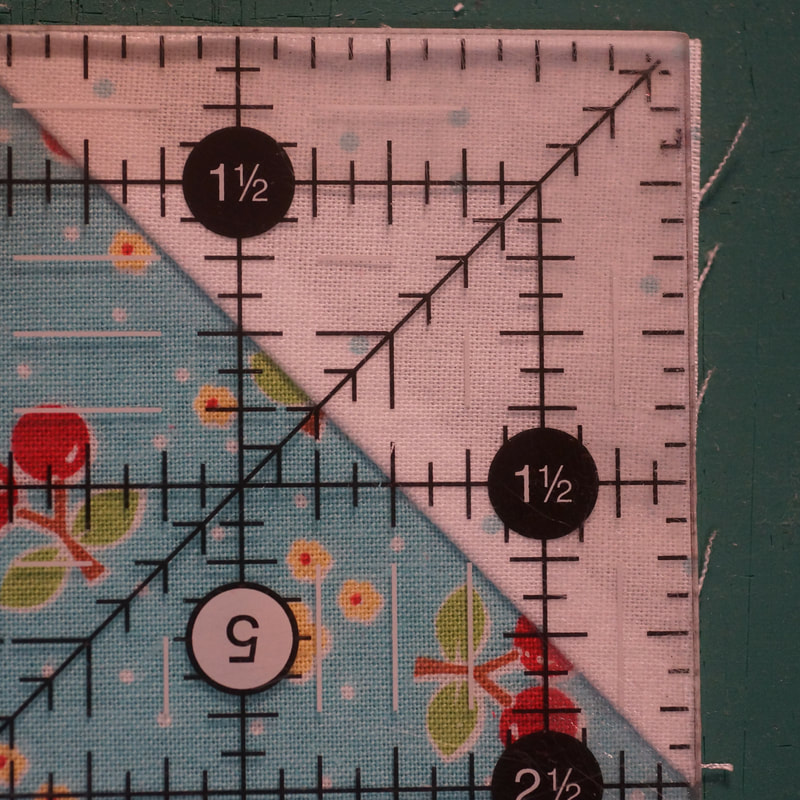

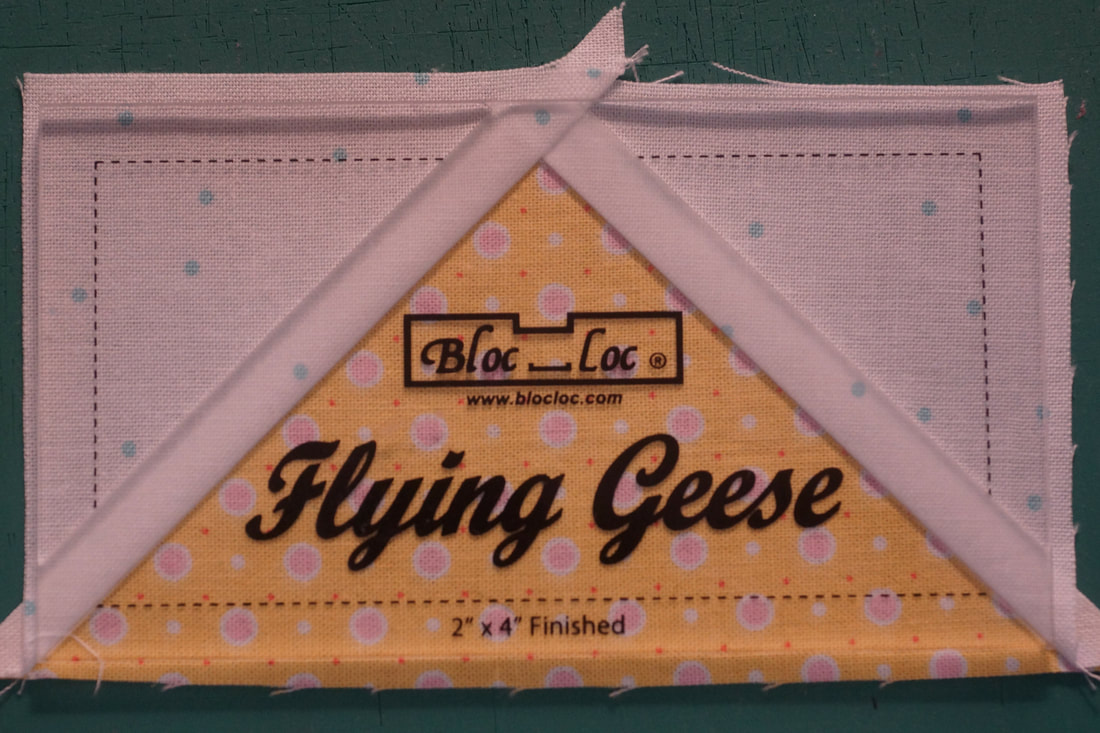
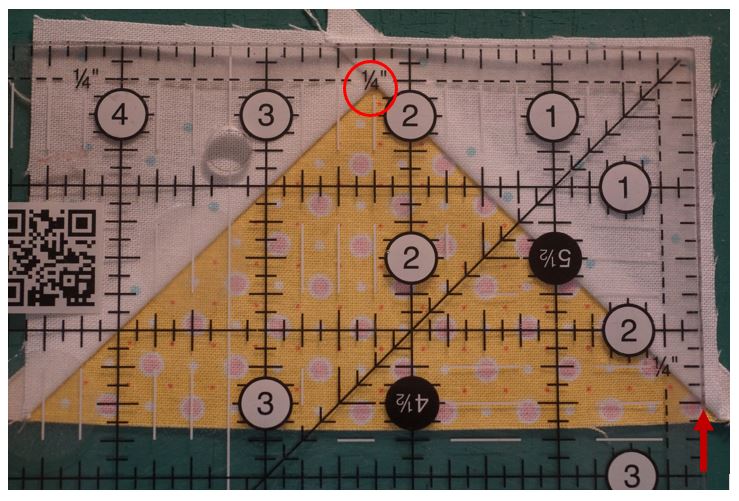
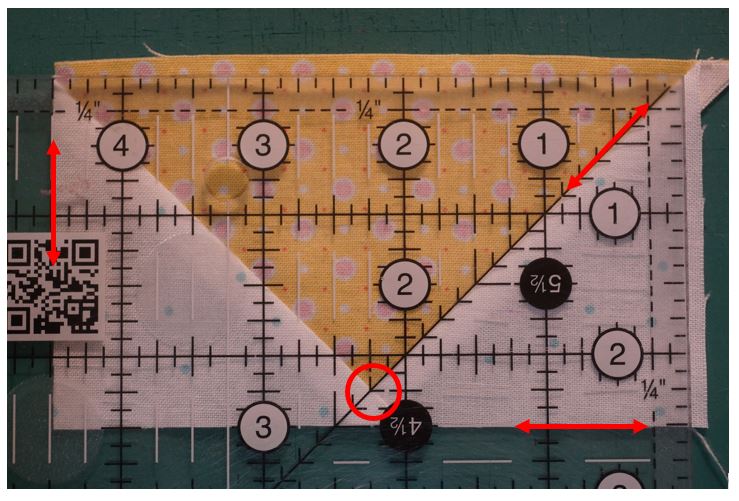










 RSS Feed
RSS Feed